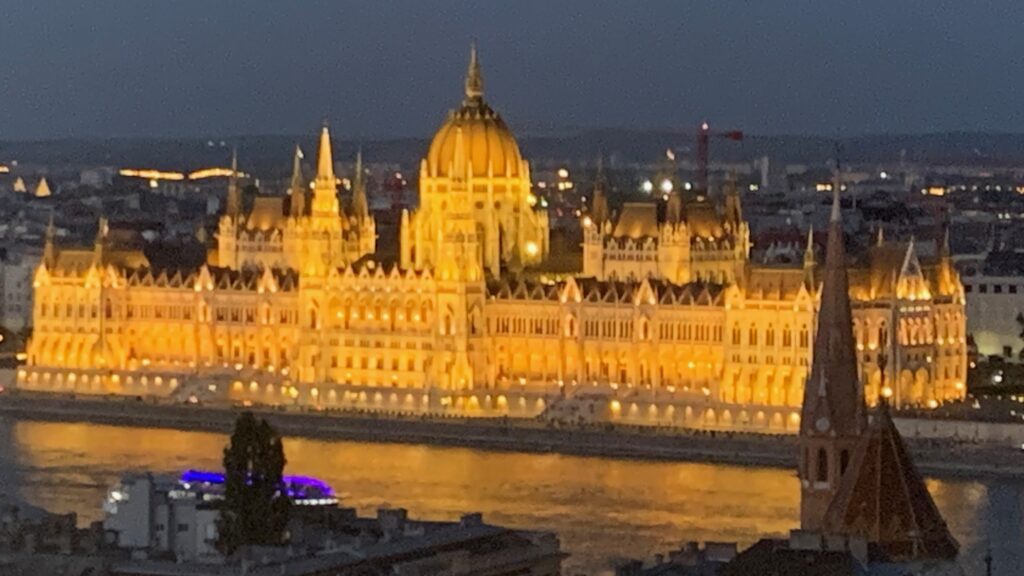Image: Parliament Building at night.
Highlights
– Places to see and do in and around Budapest, Hungary with three full days of explorations.
Time of Visit: August 2025
Duration of Visit: Four Nights
Description
Budapest is the capital of Hungary and is a city of stunning contrasts. Budapest is actually two cities that are divided by the Danube River. On the West side of the river is the historic Buda and on the East side is the vibrant Pest. Buda has rolling hills and is home to the majestic Buda Castle, medieval streets, and panoramic viewpoints such as Fisherman’s Bastion. Across the river, Pest offers a lively urban atmosphere with grand boulevards, the iconic Hungarian Parliament Building, and a thriving cultural scene. The city’s architecture is a blend of Gothic, Baroque, Neoclassical, and Art Nouveau styles, making it a visually captivating destination that reflects Hungary’s rich history and heritage.
Budapest is often called the “Paris of the East” because of its romantic charm, grand architecture, and vibrant cultural life that resemble the elegance of the French capital. The wide boulevards of Pest, lined with Neo-Renaissance buildings, the scenic bridges over the Danube, and the illuminated monuments at night create a captivating atmosphere similar to Paris. Like the French capital, Budapest combines history and sophistication with a lively café culture, artistic traditions, and a reputation as a hub for music and nightlife, making it one of Europe’s most enchanting and cosmopolitan cities.
Activities
Budapest has many attractions such that three full days of exploring was not enough. Here is a Youtube video of the recommended itinerary if you have three full days in Budapest. We did the first two days in the video and substituted a day trip to Szentendre on the third day to get away from the city. We wished we had another night to spend so that we could have done the evening riverboat cruise on the Danube to observe the Parliament Building when it was illuminated.
Day 1: Explore Pest Side
Central Market
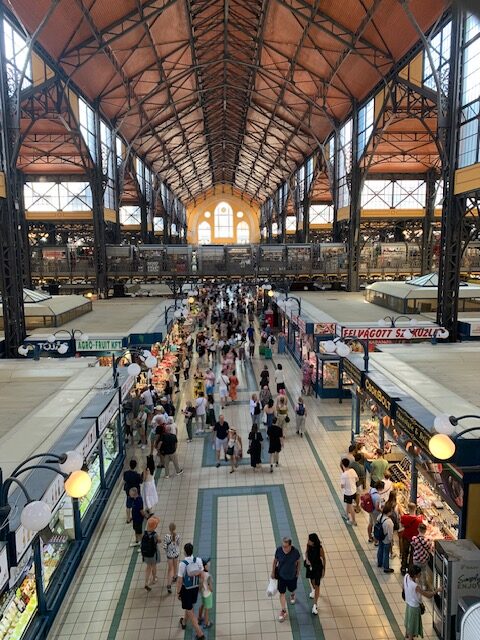

A trip to Budapest’s Central Market is a must. You will find all kinds of stuff here – from food to souvenirs and almost anything in between. We even stumbled upon a stall selling lavender products. Make sure you walk all the stalls as you never know what would catch your eyes. Also, the food stalls at the upper level have traditional Hungarian food that sell at a lower price point than the restaurants along nearby Váci utca (pedestrian only street).
The market closes at 6PM but some stalls close as early as 4PM. Make sure you ask the stall owner what time they plan to close for the day if you plan to come back later to purchase that special something. Some stalls accept credit cards while others only accept cash like the fruit and vegetable vendors.
Váci utca
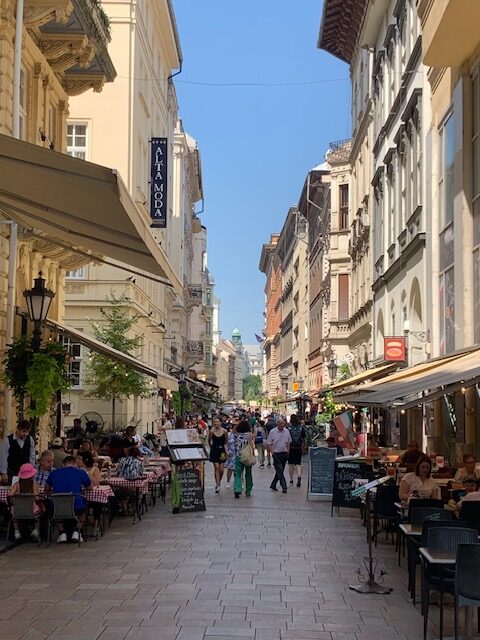

Váci utca is one of Budapest’s famous pedestrian-only streets. It runs through the heart of the city between Vörösmarty Square and the Central Market. It is a popular tourist stop because it combines elegant 19th-century architecture with a lively atmosphere full of shops, cafés, and restaurants. Visitors come here not only to shop for international brands and Hungarian souvenirs but also to enjoy the street’s vibrant energy and central location..
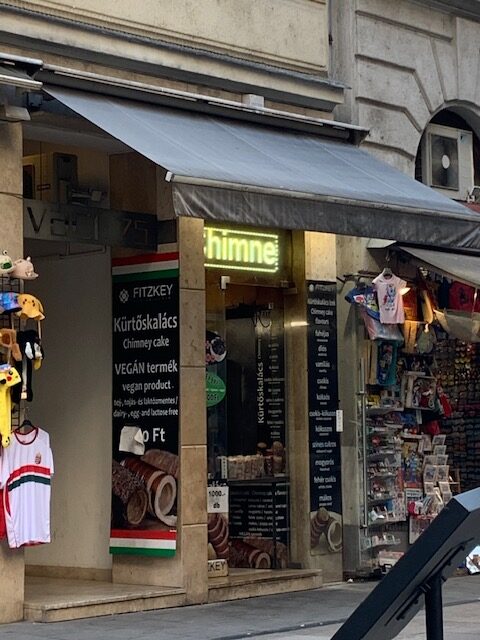

One of the big surprises of Váci utca is a small stall that sells the cheapest chimney cake we found at 1,000 HUF (most were selling for over 2,000 HUF). The stall has no name but is located almost across Szerb utca.
Bástya Park
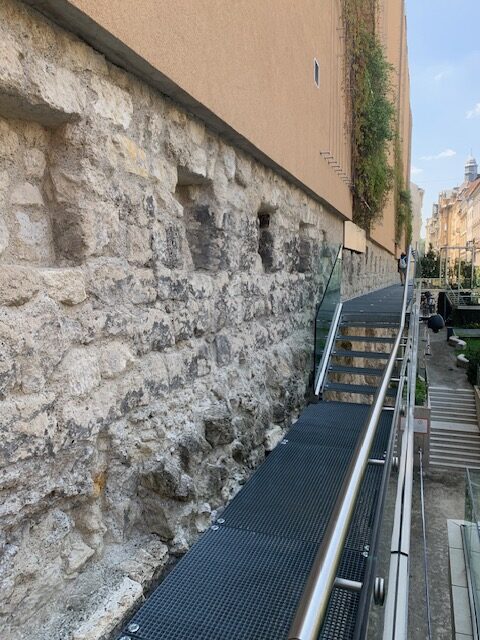

A short side trip walk from Váci utca is Bástya Park and the preserved section of the medieval bastion wall. The park has benches and a children’s playground. There is also an elevated walkway that allows visitors to closely observe the wall.
In the Middle Ages, the Pest side of Budapest was a separate town from Buda. Pest was surrounded by defensive walls, towers, bastions and city gates to regulate entry and also to protect it from invasions, raids, and fires. Most of the wall was demolished in the 18th–19th centuries as Pest expanded and modernized, but fragments like the one at Bástya Park remain as a rare reminder of the city’s medieval past.
Duna Korzó
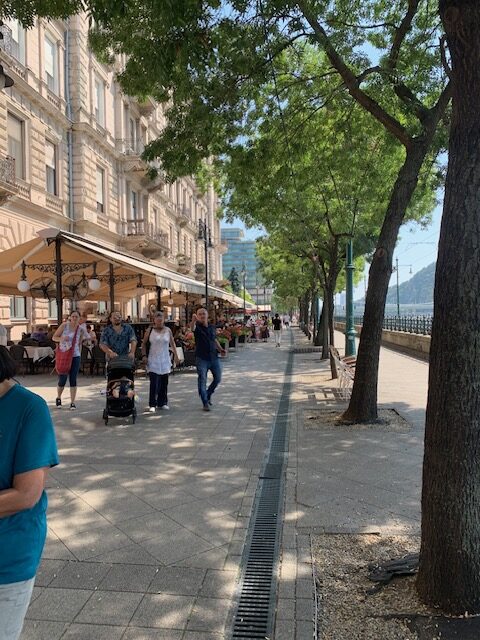

Duna Korzó is a scenic riverside promenade that stretches between the Central Market Hall and the Parliament Building. It offers some of the city’s best views across the Danube River to Buda Castle, Gellért Hill, and the Chain Bridge. Besides the views, visitors can enjoy outdoor cafes and admire a few statues.
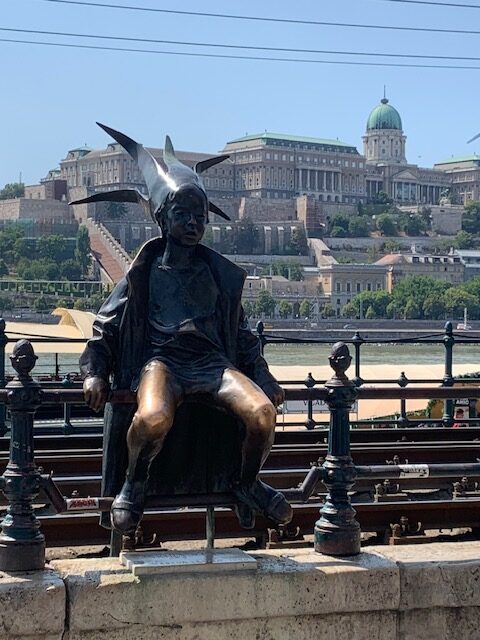

We walked the section between Erzsébet and Széchenyi Chain Bridges which was lined with benches shaded by trees. The setting provided a perfect refuge from the heat while providing a chance to admire the view.
St. Stephen’s Basilica
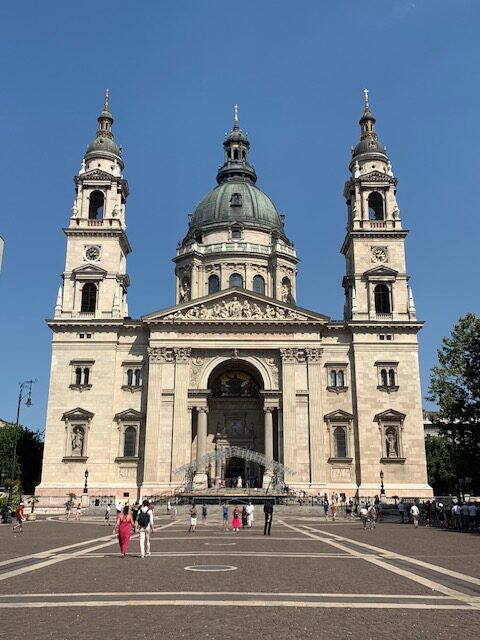

St. Stephen’s Basilica is Budapest’s largest church and one of its most important landmarks. It was completed in 1905 and dedicated to Hungary’s first king, St. Stephen. The basilica has a grand neoclassical design, richly decorated interior, and stunning dome that rises over the city. Tourists are drawn not only to its beauty but also to the chance to see the holy relic of St. Stephen’s mummified right hand and to enjoy panoramic views of Budapest from the dome’s observation deck.
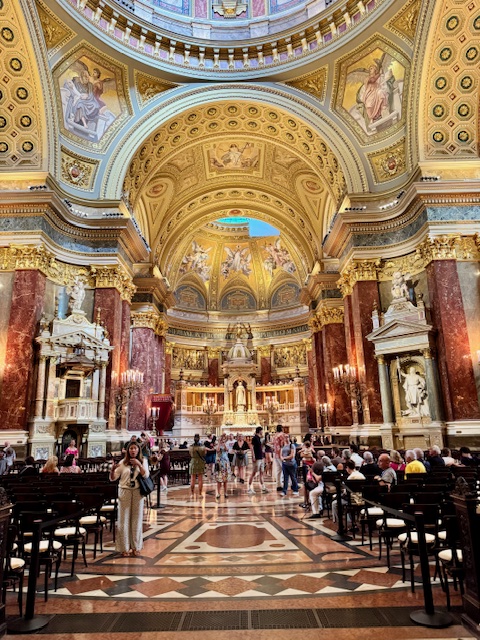

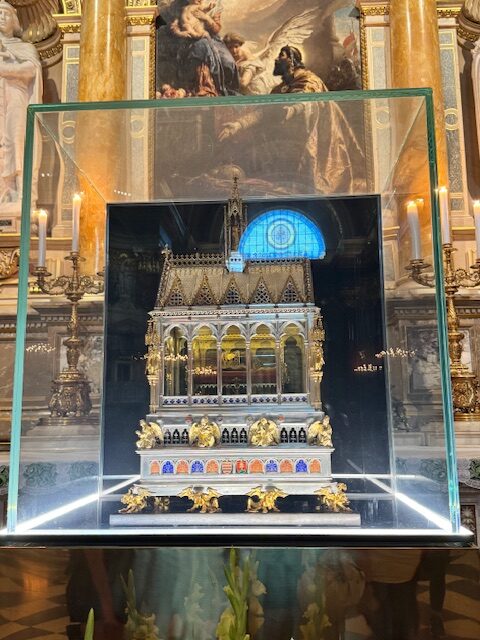

For the best photo, head over to the corner of Zrinyi and Sas utca where you will be squarely facing the basilica’s front and its square.
Statues of Ronald Reagan and George W Bush
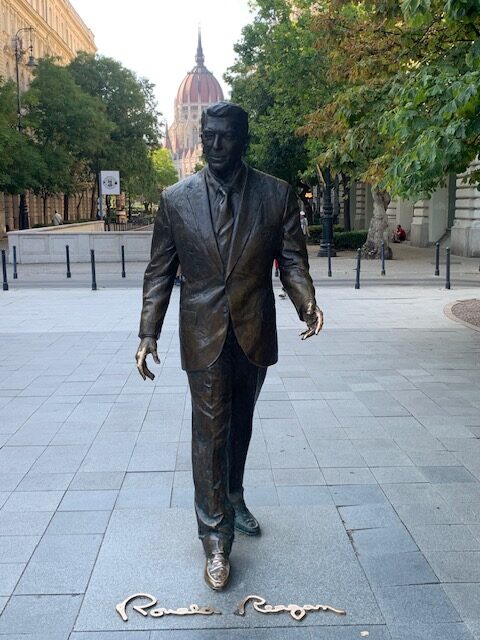

Heading from the basilica towards the Hungarian Parliament, do not forget to make a stop and take a photo of the two presidents if you are inclined. Their resemblance may be debatable but the signs erase any doubts who the statues represent.
Shoes on the Danube Bank
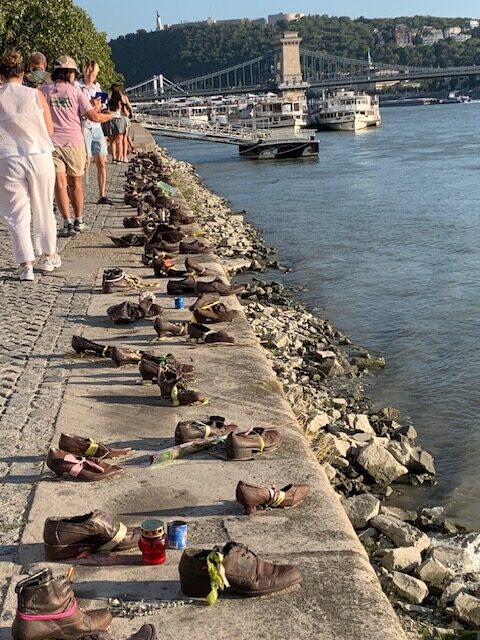

Before making a V-line towards the parliament building, head back towards the river to visit the Shoes on the Danube Bank memorial. The memorial consists of 60 pairs of cast-iron shoes set along the riverbank. It honors the Jewish men, women, and children who were executed there by members of the Arrow Cross militia during World War II. Victims were ordered to remove their shoes before being shot into the river. The memorial serves as a dark reminder of the city’s tragic history.
The Arrow Cross militia were Hungarian fascist, ultranationalist, brutal and violently antisemitic. They came to power in October 1944, during the final months of World War II, with the support of Nazi Germany.
Hungarian Parliament
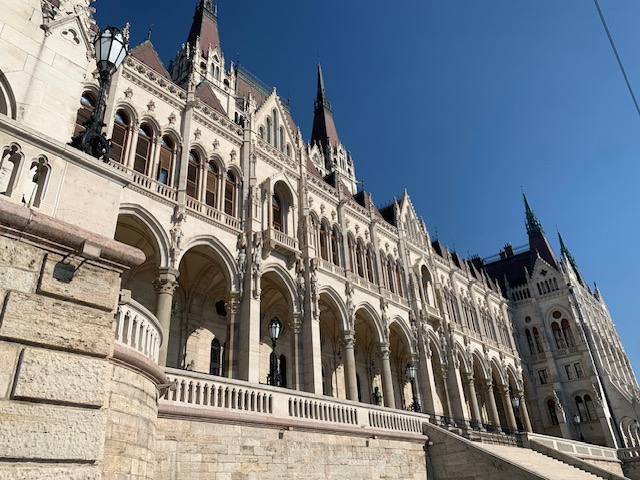

The Hungarian Parliament Building is one of Budapest’s most iconic landmarks and a must-see. Situated on the banks of the Danube River, its stunning neo-Gothic architecture, soaring spires, and grand dome make it one of the most beautiful parliamentary buildings in the world. Tourists can admire its ornate halls and chambers on guided tours, where highlights include the crown jewels of Hungary and the richly decorated interior filled with stained glass, statues, and gilded details. Beyond its history and artistry, the Parliament also offers some of the best photo opportunities in Budapest, especially when illuminated at night.
The parliament building is so huge that you will not be able to capture its entirety while standing in front of it as it is so close to the river. Taking a photo from the Buda side is too far and you will need a telephoto lens to capture the image sharply. Taking a riverboat cruise is probably the only way to capture the parliament building’s image using a regular camera phone. It becomes especially stunning at night when it is illuminated.
Day 2: Explore Buda Side
Citadella
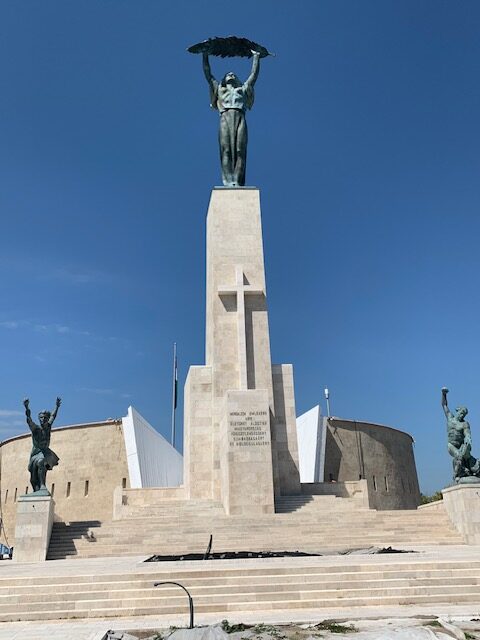

The Citadella is on the hilly part of the Buda side. It was closed during our visit because of renovations. There are several walking trails around the mountain where the Citadella is located. There is also a path to reach the Citadella from the street at the West end of Erzsébet bridge.
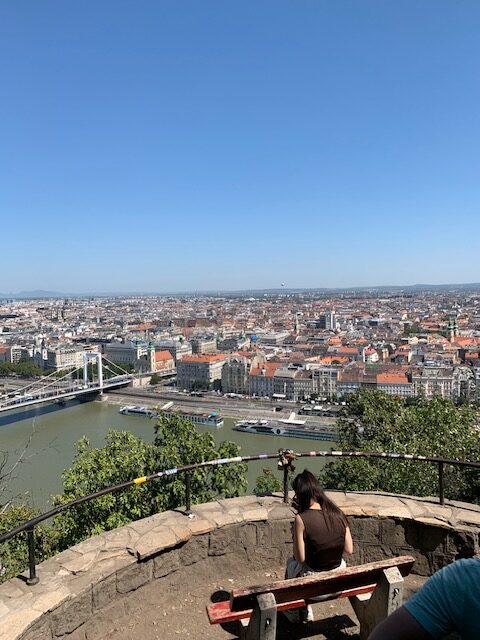

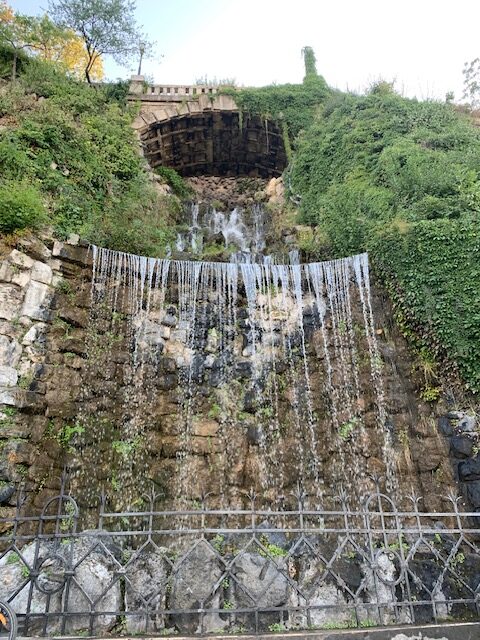

Our honest opinion is that this landmark can be skipped unless you just want a photo of the statue (which you cannot get during construction) or if you just want to take a hike. Most of the trails are shaded and there are only a few viewpoints. Better viewpoints are available at Buda Castle and The Church of Our Lady of Buda Castle.
Buda Castle
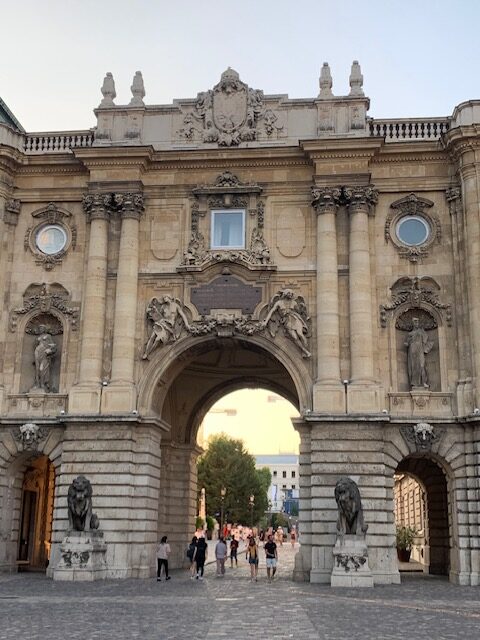

Buda Castle is mainly exposed and on a hot summer day, can be brutal to explore. We just spent the afternoon in our hotel room and ventured to the castle around 5 PM when the sun was closer to the horizon. The issue with the early evening visit is that the castle was closed. We only walked the grounds which we were fine with.
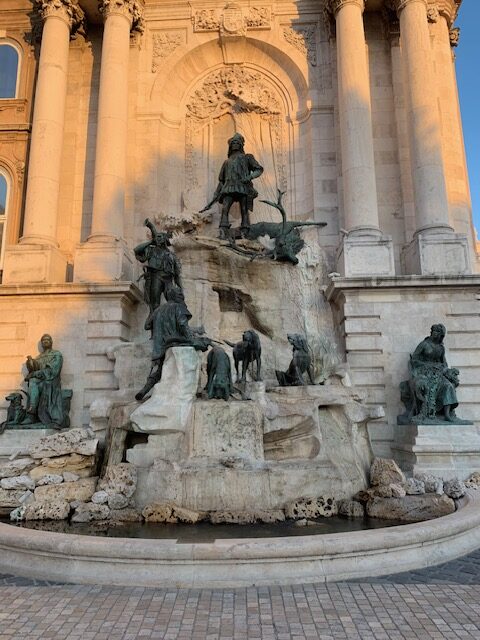

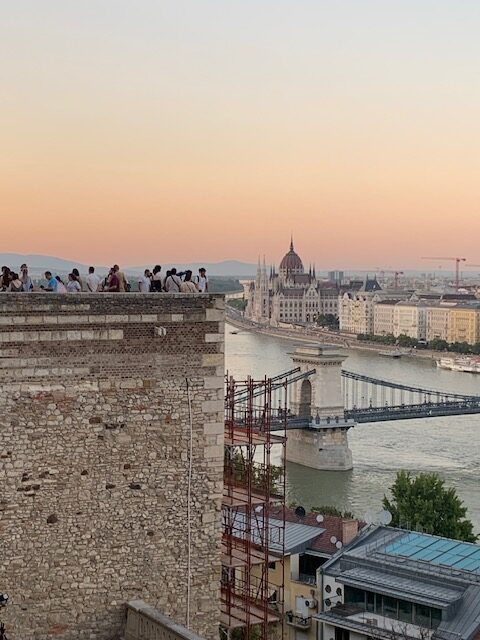

Besides the stunning architecture and the two lion statues guarding the gate, there was not much to see at the Buda Castle in the afternoon. However, if you head over to its back side towards the river, you can admire the view of Pest from different vantage points. The views here are much better than at the Citadelle.
The Church of Our Lady of Buda Castle
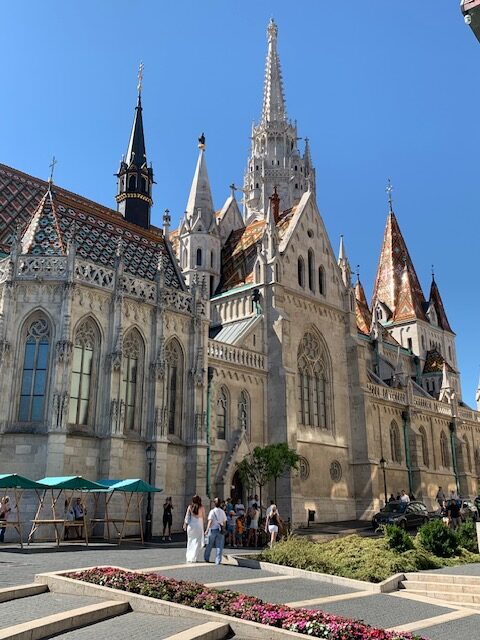

The Church (for short) should not be missed. We went there both during the day and at dusk and we can unequivocally say that you should visit the area at dusk. The tour groups during the day are long gone and the temperature is more bearable going into the evening. Though the crowd is still there, the beauty of The Church’s outside is accentuated when the evening lights are turned on.
Arrive about 30 minutes before sunset to beautifully capture the church’s colorful roof. Linger around when it is dark and take photos of the Pest side especially the lighted Hungarian Parliament Building. The arch windows are especially popular with visitors for taking photos as it frames the parliament building beautifully.
Day 3: Day Trip To Szentendre
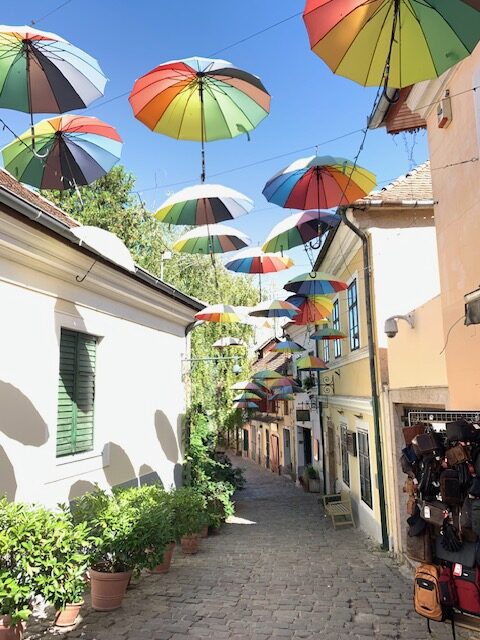

Having been around crowds for the past two days while exploring Buda and Pest, Szentendre provided a nice getaway. it is a small town that provides a nice change of scenery. Here you can walk its cobbled street, eat in one of its many outdoor restaurants, peruse goods in souvenir shops, enjoy ice cream or simply sit on a bench by the Szentendrei-Dunaág which is a sidestream of the Danube River.
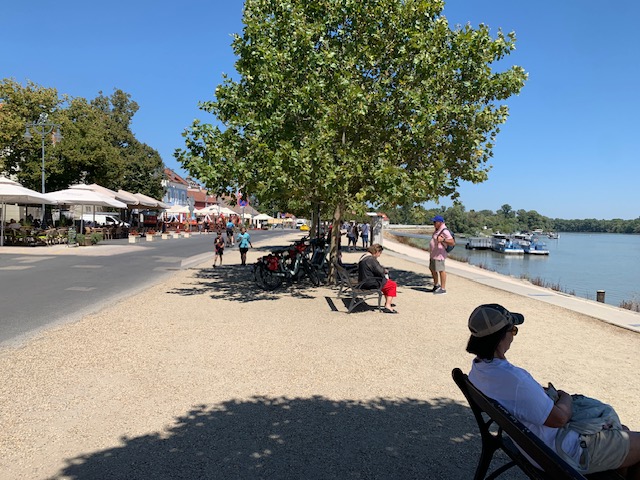

Undoubtedly, the most photographed street in Szentendre is Bercsényi utca for its rainbow colored umbrellas that are hung above the street.
How To Get There
Airport to Center of Budapest
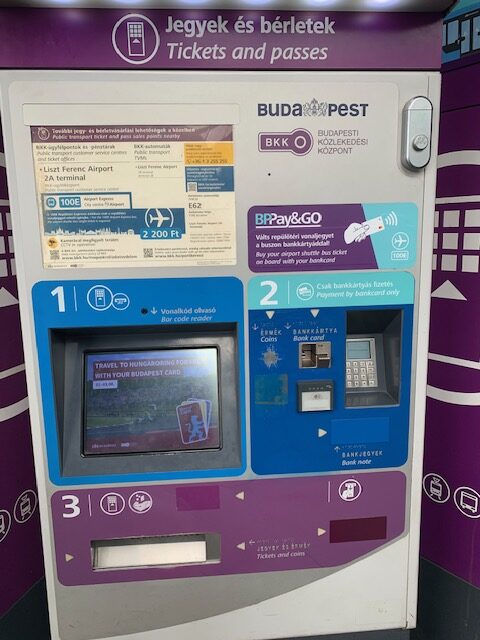

Budapest has an airport, code BUD. The city is also connected by buses and trains. We flew into Budapest from Prague, Croatia and took a Flixbus from Budapest to Ljubljana, Slovenia.
Here is a Youtube video on how to get from the airport to the center of Budapest. Bus 200E is the cheapest but it will require at least two single journey tickets to get to Budapest. If you are staying in the center of Budapest, it would be three single journey tickets. The first is to get on Bus 200E at the airport. The second is to get on another bus to take you to a subway station or a bus stop for a bus that goes to the center of Budapest. Third is for the subway or city bus to take you to your final destination.
Bus 100E is quicker than Bus 200E but more expensive because it has limited stops. If your accommodation is near the Astoria bus stop and do not have time to burn between the airport and your hotel check-in time, then Bus 100E would be a good option. A 24-hr pass is not valid in Bus 100E.
Szentendre
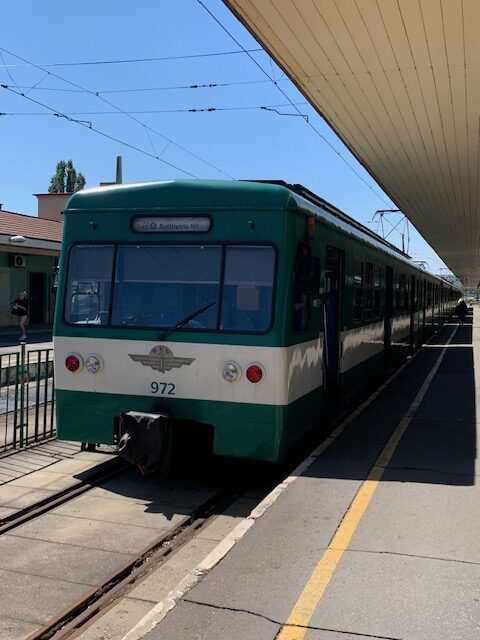

The town is conveniently served by train H5. This train is an old rickety train that is not air-conditioned. The journey takes about 40 minutes. H5 originates at Batthyány tér station which can be reached by Metro Line M2 (red line). Tickets to Szntendre can be purchased from the vending machine or from the ticket office (open only during the day). You will need a valid (unpunched single journey ticket or unexpired pass) plus the train ticket to Szentendre. If you have a single journey ticket, you will have to validate it on the train. The train ticket to Szentendre does not need to be validated. The same is true on the way back to Budapest.
Where To Stay
We stayed at the Marriott Courtyard Budapest City Center which is conveniently located by bus stations, tram and metro lines. The hotel is about a 20 minute walk to the Central Market. We like the hotel’s location as it is walking distance to restaurants, transportation and a Lidl grocery store. Best of all, the hotel has a gym (though small) and a wet and dry sauna.
How To Get Around
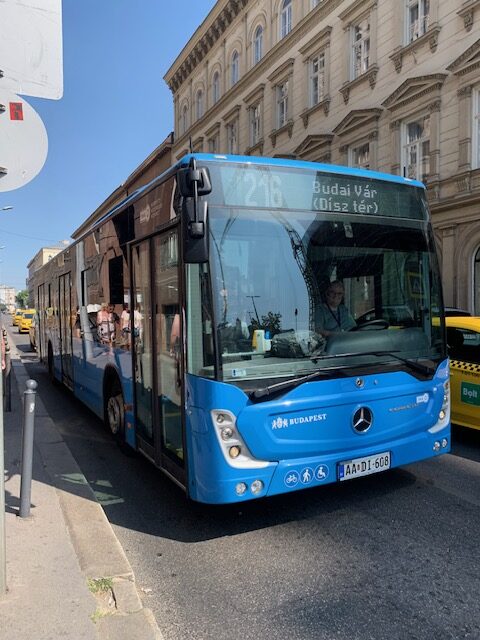

Budapest has good and extensive public transportation system. You do not need to walk far to get to a bus stop. Plus the buses, trams and subways run frequently during the day. You also have many transportation ticket options. These are single journey, pack of 10 single journey, 24-hour pass and 72 hour pass. Plus you can get a reduced version of some of these if you are over 65. We would suggest getting the 72 hour pass if you have three full days of exploring Budapest.
Expected Expenses
The only thing we paid for was entry to St. Stephens’s Basilica and public transportation. Costs are in HUF and per person. Credit cards were used for payments.
St. Stephen’s Basilica – 2,400
Public transportation – see photo
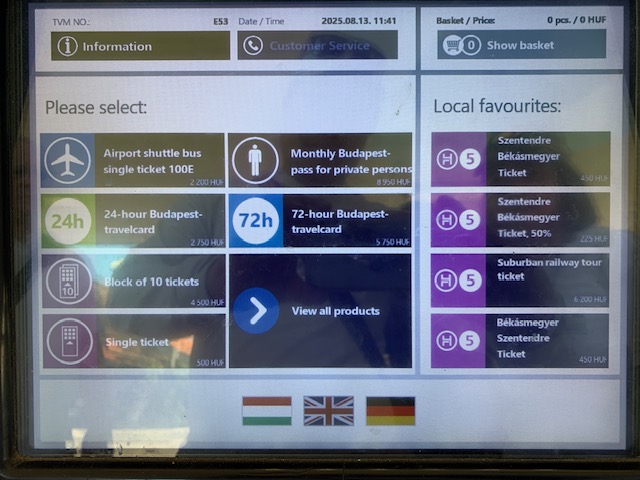

Summary
As a tourist destination, Budapest attracts travelers for its mix of history, culture, and relaxation. Visitors can explore UNESCO World Heritage sites along the Danube, from the Chain Bridge to Andrassy Avenue, and discover centuries of Hungarian art, music, and cuisine. Walking tours reveal layers of history from Roman ruins to Ottoman influences, while river cruises at night showcase the city illuminated in golden light, creating a truly memorable atmosphere.
Beyond sightseeing, Budapest offers experiences that immerse travelers in local life. Sampling traditional dishes like goulash and chimney cake at bustling markets, soaking in hot thermal baths, or enjoying classical concerts in historic churches all enrich the cultural journey. Budapest is an attractive destination by being more affordable compared to other Being more affordable compared to other European capitals. This allows visitors to enjoy both luxury and authenticity without breaking the budget.

